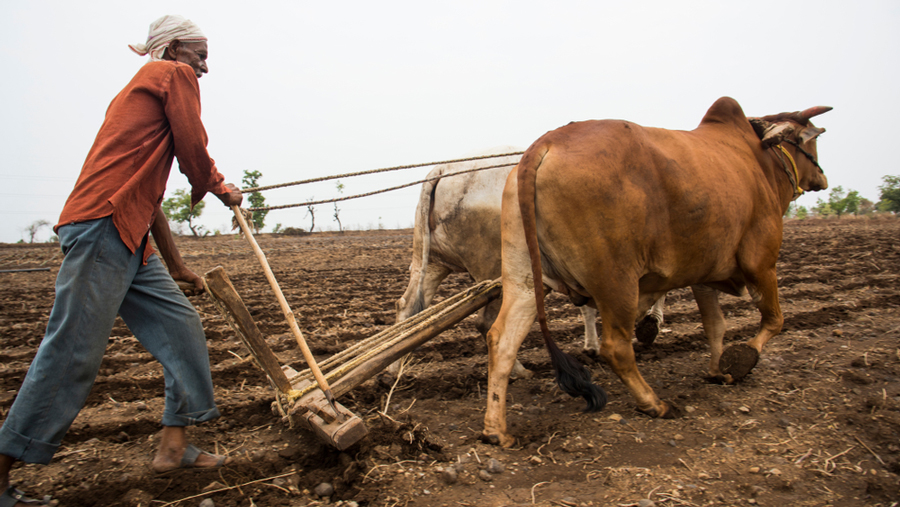At a time protesting farmers on Delhi’s borders are asking for an assured income by way of an assured price, Budget 2021 was expected to take the wind out of their sails by announcing provisions for enhancing farm incomes. More so at a time economists are calling for measures to prop up rural demand, the finance minister was expected to open up the purse strings for providing more money in the hands of the agitating farmers by way of direct income support.
Instead, the budgetary allocation under the PM-Kisan Samman Nidhi scheme has been reduced to Rs 65,000-crore from Rs 75,000-crore this year. Under this scheme, land owning farmers are given a cash transfer of Rs 6,000 per year in three instalments. Considering that agriculture was the only bright spot in the first two quarters, it was expected the government would enhance the allocations to Rs 18,000 per year, which means making a budgetary allocation for an additional Rs 1.5 lakh crore.
However, budget for agricultural sector is almost the same as last year. This year it is Rs 1.48 lakh crore compared to last year’s allocation of Rs 1.45 lakh crore. Although agriculture credit limit has been raised from Rs 15 lakh crore to Rs 16.5-lakh crore in this financial year, the continuing agrarian distress calls for measures to pull farmers out of the debt trap. This requires enhanced public sector investments in agriculture and also providing more income to farmers.
The proposal to create an agricultural investment fund by putting a cess on petrol and diesel is a welcome step but the best way forward would have been to make definite provisions for agricultural investment such as the announcements made for rail, road and capital investment.
What agriculture needs as a priority is to create adequate marketing infrastructure. There are close to 7,000 APMC regulated mandis in India, and if a mandi needs to be created in a radius of 5km, the country requires 42,000 mandis. Knowing that the promise of upgrading 22,000 village haats and linking them with eNAM hasn’t been very encouraging, the emphasis on creating rural marketing infrastructure cannot be ignored any more.
More money in the hands of farmers is the surest way to achieve Prime Minister’s vision of Sabka Saath Sabka Vikas. A vibrant agricultural sector has the potential of turning into a powerhouse of economic growth.
Budget 2021 coming at a time when huge protests by farmers continues for several months, Finance Minister did mention how the amount of Minimum Support Price (MSP) for crops like wheat, paddy, pulses and cotton has gone up in recent years, and also gave the number of beneficiaries. Protesting farmers are however demanding MSP to be made a legal right for farmers, which means no trading to be allowed below the price for all the 23 crops for which MSP is announced every year.
The claim that MSP for all crops provides for 50 per cent profit over the cost of production (technically called as A2+FL) has been contested by farmers. As per the Swaminathan Commission recommendations, MSP should comprise 50 per cent profit over the comprehensive cost (C2 cost). To illustrate, Punjab farmers would have gained by an additional Rs 14,296-crores in 2020-21 marketing year if they had received MSP as per Swaminathan Commission.
Devinder Sharma is an agricultural expert










